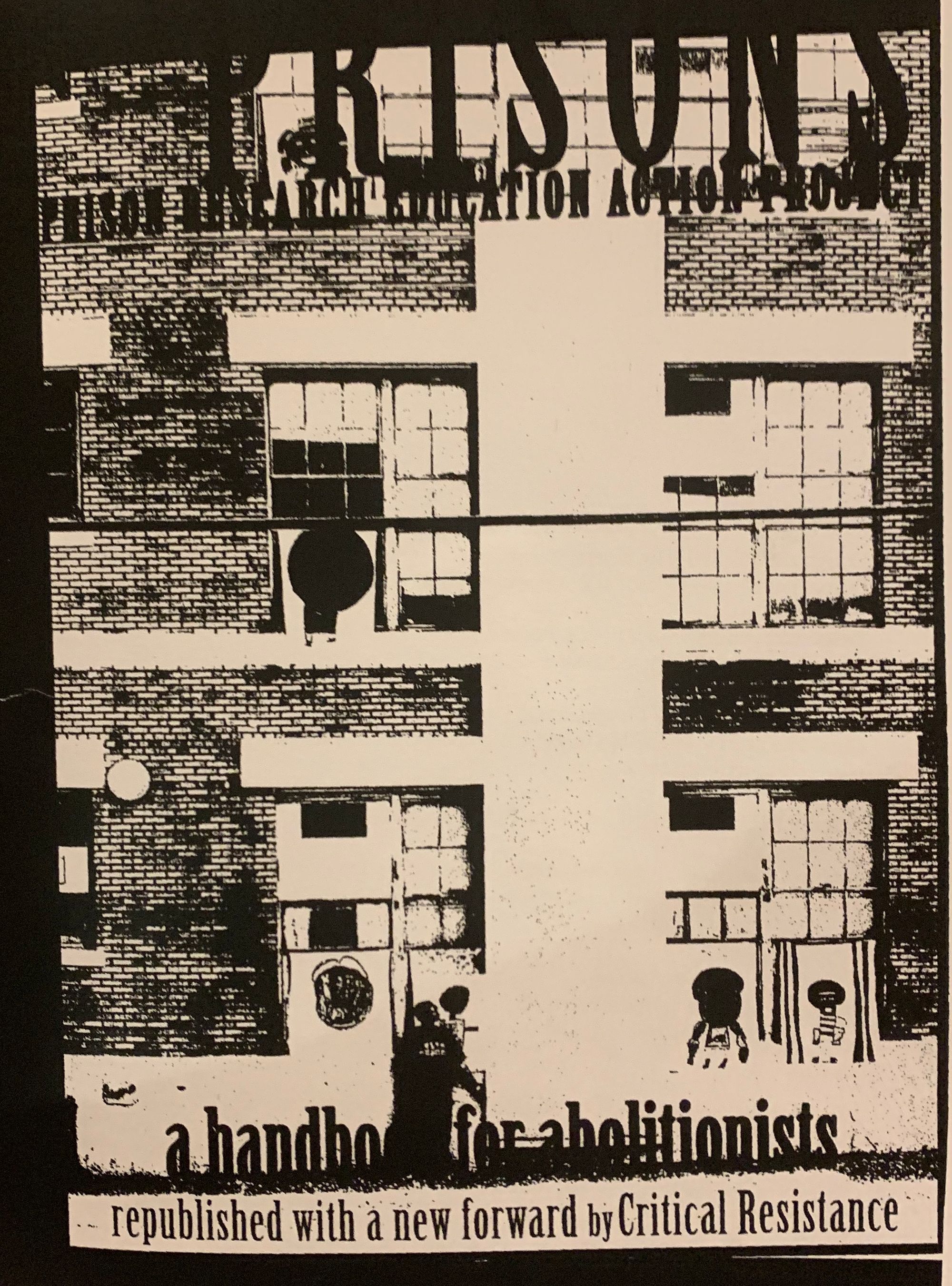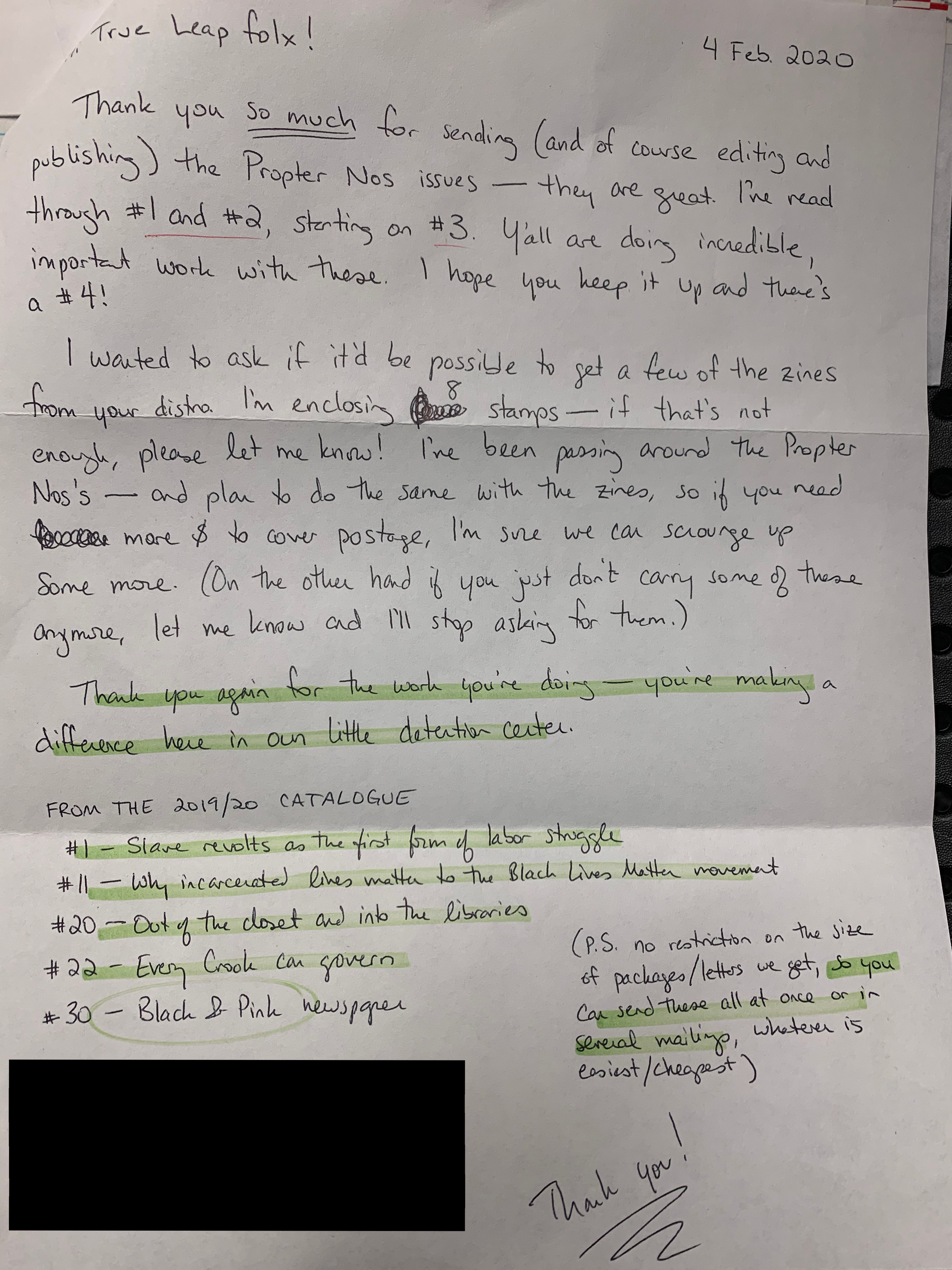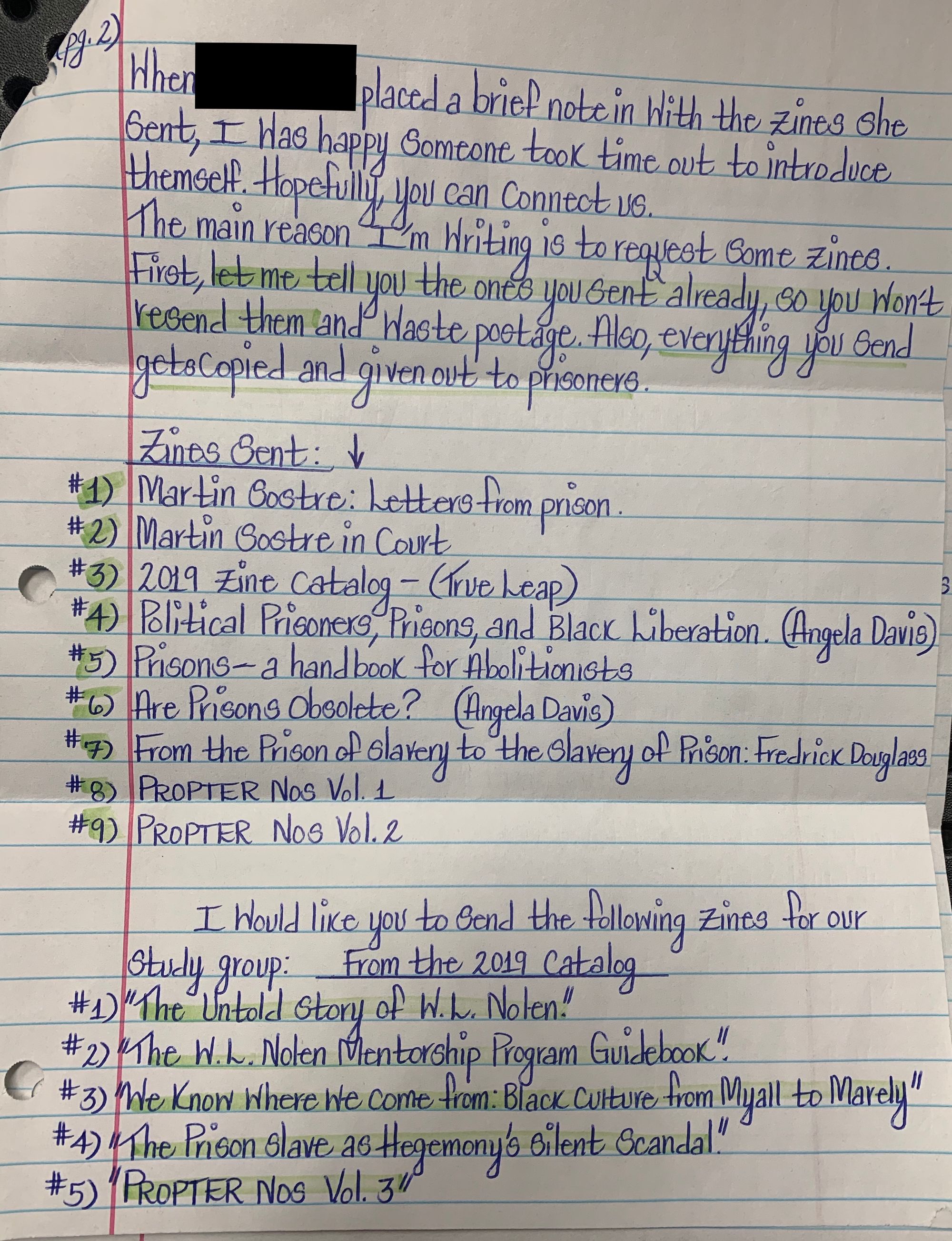
Living in Color, along with the Rogers Park Prisoner Letter Writing Coalition, held their final letter writing night of the quarter, in which students correspond with incarcerated abolitionists around the country. The two groups have been working together to write letters of care to prisoners who advocate for abolition of the prison industrial complex and who participate in PIC abolitionist study groups.
Along with the letters, the groups also often send prisoners zines that have content focused around a variety of abolitionist and social justice topics, though tonight was focused on letter-writing, with zines and similarly-themed books circulating around the room for people to look at. The groups host this event on the first Tuesday of every month.
Eliza Gonring, a junior in SESP involved with Living in Color, has been coordinating the letter-writing nights since their inception fall quarter. Gonring explained what PIC abolition looks like.
“It's the belief that prisons and the entire carceral system shouldn't exist, so prisons and policing,” Gonring said. "And more so to the idea that our communities are able to mitigate any harm that we have if communities were properly resourced. That would lessen crime more than prisons ever would ... But also just the idea that we should do things restoratively, and prisons aren't helping anybody.”
Living in Color is a student group focused on creating a space for people of color to express themselves through various media, according to the group’s Facebook page. The group makes art, does decolonial love letters for Valentine’s Day and holds yearly showcases.
“We just kind of create space for more marginalized people on campus, mainly the queer community of color,” Gonring said.
For the first 20 minutes of the event, held in the Multicultural Student Center from 6-9 p.m., a queer activist who is currently incarcerated in Pennsylvania spoke over the phone to the group about topics such as zine distribution and how the “hyper-masculine” atmosphere of prisons impacts inmates, especially queer inmates.
The group started off with a smaller turnout than other letter-writing nights, likely because it is week nine, Gonring said, but more people started filtering into the room as the night went on. Students sat at tables and wrote letters to incarcerated people, including messages of care, and asked if they would like to receive any of the various zines from a catalogue of options. The zines are produced by True Leap Press, a publishing collective based in Chicago.
Students wrote to inmates whose names and addresses were written on slips of paper brought in by Casey Goonan, a graduate student studying African American Studies who coordinates the letter writing with the Rogers Park Prisoner Letter Writing Coalition.
“It's to write letters to political prisoners, and prisoners that participate in this group truly press their study groups,” Goonan said. “They send materials to imprisoned folks to do abolitionist political education and pedagogy in the prisons. It's self-organized, so it's not people from the free world coming in and teaching prisoners about prisons and the history of radical social movements, progressive social movements, attempts at changing society in the U.S., things like transformative justice, conflict mediation.”
Sayeed Sánchez, a fourth year in Weinberg who is also involved in Living in Color, explained how initiatives such as the one tonight are ways for people to tangibly get involved in issues they might have read about or heard about but did not know how to connect with.
“This in many ways I feel can be a super important catalyst for people who might be thinking about these types of issues or trying interest in types of social justice and equity and thinking about structures of power and how they can disenfranchise people and how they're set up to, but don't necessarily have the language or tools or are quite aware to that extent,” Sánchez said. “Our meetings are always open.”
Sánchez also said that the intentions of Living in Color align with what they are doing with writing letters and sending zines to incarcerated abolitionists.
“What I really like about Living in Color is that I can find other community members and other people put on events that are really tangibly about envisioning freedom and putting it into practice,” Sánchez said. “I really try to be intentional in helping create a space communally, not just individually not just like all on me, but like as a community, a space where students can feel comfortable, feel safe, we can prioritize QPOC and we can do events about envisioning freedom. That's why I think letter writing for abolitionist causes perfectly fits in with that.”


